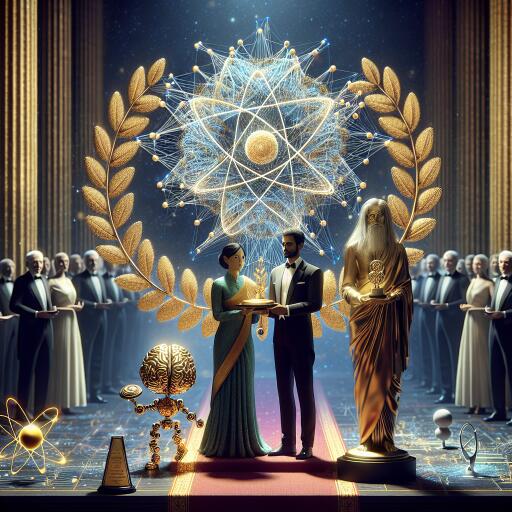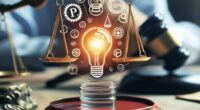Physics Nobel Awarded to Neural Network Pioneers Who Laid Foundations for AI
The 2024 Nobel Prize in Physics has been awarded to pivotal figures in artificial intelligence, John Hopfield and Geoffrey Hinton, for their foundational work in developing artificial neural networks. These networks are now integral to the machine learning technologies that permeate modern AI applications. Both scientists, although working independently, provided the cornerstones of the AI surge we witness today.
The Essence of Neural Networks: Bridging Biology and Technology
Artificial neural networks, inspired by the interconnected neuronal cells in the human brain, form the backbone of much of today’s AI technology. Similar to these cells, artificial neurons in a network are linked in complex ways. While an individual digital neuron doesn’t achieve much on its own, the innovation lies in the intricate connection patterns and their varying strengths.
These artificial neurons are triggered by input signals, which cascade in a manner that processes and transforms information. This ability allows the network to perform tasks such as classification, prediction, and decision-making. Essentially, the evolution of machine learning has centered around creating more sophisticated methods to establish and refine these neuronal connections. While the network’s conceptual framework borrows from biology, the mathematical techniques for managing these connections are deeply rooted in physics.
John Hopfield: Networks That Remember
John Hopfield, an eminent US theoretical physicist born in 1933, contributed significantly to the field of biological physics. His hallmark achievement, meriting the Nobel Prize, was the development of Hopfield networks in 1982. These networks were among the earliest forms of artificial neural networks, drawing inspiration from neurobiology and molecular physics principles. They showcased how a computational “network” system could store and recall information independently.
Hopfield networks had the remarkable ability to memorize data, such as black and white images. These memories could then be triggered and recalled through association when presented with a similar image. Though Hopfield networks were limited in practical application, they demonstrated a novel way of data storage and retrieval, paving the way for Geoffrey Hinton’s later advancements.
Geoffrey Hinton: Machines That Learn
Geoffrey Hinton, often heralded as one of the “godfathers of AI,” has made defining contributions to the field. Born in 1947, the British-Canadian computer scientist has already been honored with the Turing Award for his extensive work in machine learning and deep learning. However, his Nobel Prize recognizes his collaboration in 1984 with Terrence Sejnowski and others on Boltzmann machines.
Boltzmann machines extended the capabilities of Hopfield networks by demonstrating machine learning in action. Instead of learning from a programmer, these machines learned from data examples, guided by principles borrowed from the energy dynamics of statistical physics. Through this approach, Hinton illustrated how computers could independently learn and store information over time. While Boltzmann machines themselves had few immediate applications, the restricted Boltzmann machine variant found practical uses.
Crucially, the concept that an artificial network could extract and learn from data marked a significant breakthrough. Hinton went on to publish influential works on backpropagation and convolutional neural networks, technologies now integral to systems processing visual and video data in AI.
The Significance of the Nobel Prize
Hopfield networks and Boltzmann machines may seem primitive compared to today’s advanced AI, yet their role in the early development of AI technologies is invaluable. For instance, Hopfield’s system operated with only 30 neurons, a stark contrast to modern systems like ChatGPT, which employ millions. The Nobel recognition underscores the transformative impact of these initial contributions on the field.
Despite the rapid progress in AI, often highlighted by developments like ChatGPT, there is a growing call for cautious advancement. Geoffrey Hinton, in particular, has voiced concerns regarding the pace of AI progress. In 2023, after leaving his role at Google’s AI division, he expressed unease and joined others advocating for proactive AI regulation. After receiving the Nobel Prize, Hinton likened AI’s potential impact to the Industrial Revolution, emphasizing its capacity to exceed human intellectual abilities. He also remarked on his worries about AI systems potentially surpassing human intelligence and possibly gaining control.
As we continue to explore AI’s vast potential, incorporating lessons from its pioneers may help navigate the challenges ahead. The Nobel recognition for Hopfield and Hinton serves as a reminder of the profound influence that foundational research can wield in shaping technological futures. Such milestones in scientific excellence chart the course for continued advancements, reflecting a blend of innovation, caution, and imagination as we venture further into the terrain of artificial intelligence.










